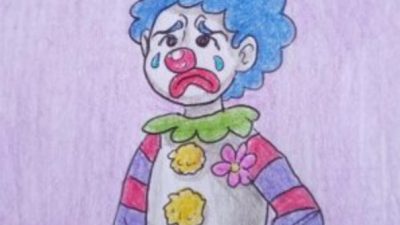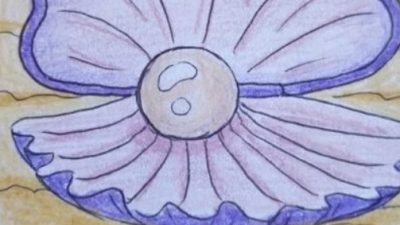ABSTRACT
By exploring the history of money, this summary describes the transition from former Commodity money to Fractional reserve banking. After introducing various payment methods, cons of them have been outlined. Additionally, the evolution of payments has been included.
The history of money concerns the development of means of carrying out transactions involving a medium of exchange. Money is any clearly identifiable object of value that is generally accepted as payment for goods and services and repayment of debts within a market, or which is legal tender within a country. While money is always a medium of exchange, not all mediums of exchange are money in the numismatic sense.
Money is any item or verifiable record that is generally accepted as payment for the goods and services. Before the paper money that we use now in modern days came into the picture, ancient people used cattle, alcohol, cigarettes, gold as money. Then came the “carry shells” which was easily carried, durable and impossible to fake and also were the longest and widest used form of money in the world.
Commodity Money: Many items have been used as a commodity such as naturally scarce precious metals, shells as well as many other things that are thought of as having value. The system of commodity money eventually evolved into a system of representative money. Difficulties arose when using these objects to plan financial activities for the future like wars and also when scarcity of commodities occurred.
Later they made coins which had holes punched in them so that they can run a string to the center of the coin and even weigh it when needed. Even this method became difficult when they had to carry pounds of coins for transportation.
Then came an ideology of papers which had amounts of coins a person owes another written on them which were easily available at the capitals. Merchants found it easier to exchange papers in the form of I.O.U (abbreviated from the phrase “I owe you”) for the transaction and this method was established widely mainly in Italy. Addition to this I.O.U method merchants in Italy found a new idea of writing a single paper i.e promissory notes often approved by a famous merchant instead of carrying a huge amount of papers. Merchants could easily go the bank with these I.O.U approved by other merchants and get their money. As these banks had many other branches across the world it would get the money.
In 1640 King Charles faced a financial crisis. Unwilling to summon the Parliament, he had to find other ways of raising money. Then he seized all the money in the mint, a place where all the merchants and goldsmiths had deposited the hard currency and declared them to be his loans.
Once the merchants and goldsmiths got their money back after the death of King Charles, the goldsmith asked if the merchants want to rent the empty places to store their money. These merchants would pay a small amount of interest and rent the place with the right to take the money when they wanted it back. This ideology turned into so-called “Banks” where the goldsmiths gave a receipt for the money the merchants wanted to store which would help them claim the money back. These receipts were used as currency by people to buy things they wanted.
1. Then there originated Fractional reserve banking is a system in which only a fraction of a bank or lenders deposits are backed by actual cash on hand.
Conclusion
To sum up, money has taken different forms over time. As discussed, today’s money has evolved over centuries. There has been many innovations and technological advances. All the transition steps from a barter economy (A barter economy is a cashless economic system in which services and goods are traded at negotiated rates.) to Fractional reserve banking is followed.





